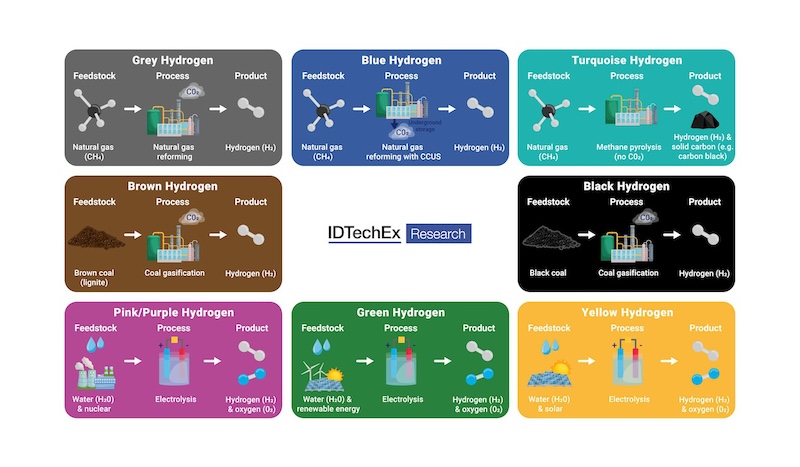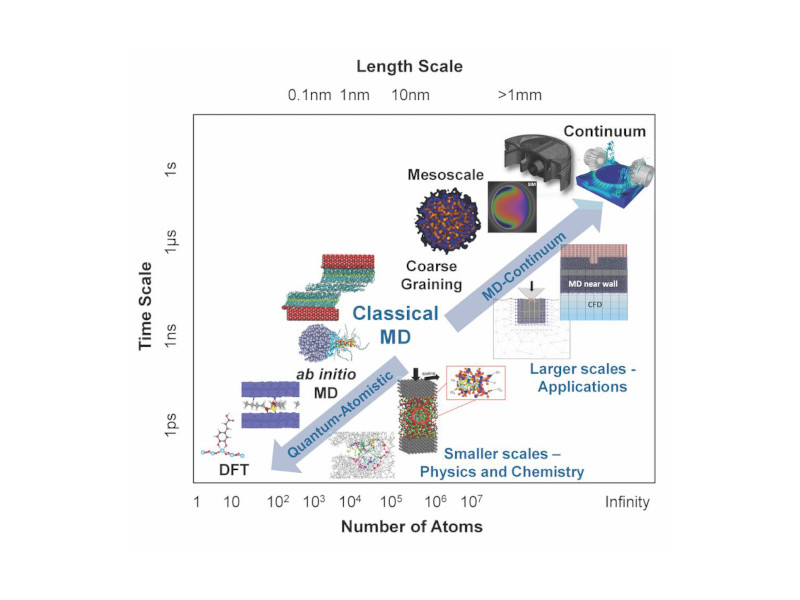Benefits of AC LEDs mainly relate to the reduction/elimination of associated electronics. Components removed can include a voltage regular, power transformer, diode rectifier and filter. The benefit of removing these components is that cost, lifetime and reliability are improved while the more compact size is also beneficial.

Reflecting on the recent lighting show in Frankfurt, it was of interest to see several companies promoting AC LEDs which plug directly into the mains. Seoul Semi, with their Acriche range, has for some while now been the main company promoting this technology, and they have done so heavily. For instance, many of their employees have used (at)acriche.com email addresses for some time now. Until this show, I didn’t realise that other companies have been developing this technology as well. Both Everlight and Philips Lumileds displayed new products at the show which are due for release in the coming months, and I also heard mention of Forward Electronics, another company that has this technology. Liquid LEDs, also from Taiwan, also have AC LEDs for retrofits so there are now at least five companies promoting it.
Benefits of AC LEDs mainly relate to the reduction/elimination of associated electronics. Components removed can include a voltage regular, power transformer, diode rectifier and filter (of course, this is not an advantage if you are a manufacturer of LED driver ICs or integrated lighting control ICs, which include several of these functions). The benefit of removing these components is that cost, lifetime and reliability are improved while the more compact size is also beneficial.
The main disadvantage is the significantly reduced efficiency, perhaps about 30% less brightness for the same power according to an industry source, which is very significant (i.e. a typical current value of 60L/W compared to 90L/W for DC). AC LED saves on efficiency by avoiding driver losses, but these are typically less (maybe 10-15%). AC LEDs are likely to do well where space is more of a concern than maximising brightness however it is as yet unclear how big the overall market for these products will become in the future.
Industry sources explain that the technology for the AC LEDs in at least some of these companies involves chips that in simple terms are effectively composed of many tiny sections. The flickering between states reduces the chip utility rate and is what causes the reduced efficiency. Some of the companies mentioned above use an Epistar patent developed in conjuction with ITRI. IMS Research has found out that the products from different companies use primarily similar technology but with some differences.
AC LEDs have not been quantified in IMS Research reports but we should do so in the future.



